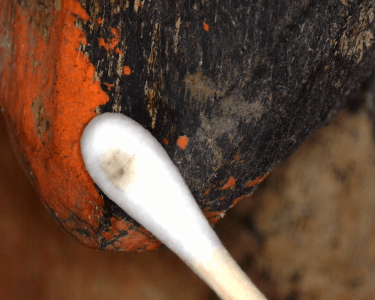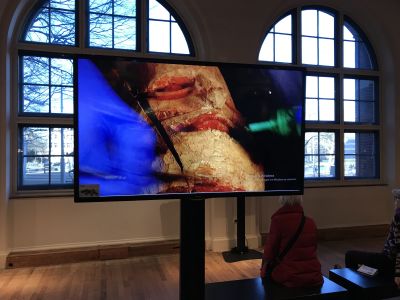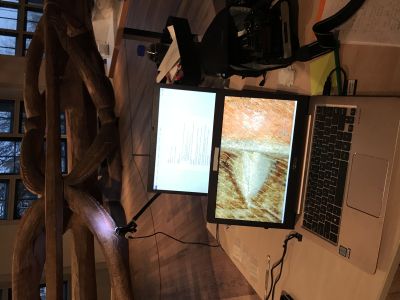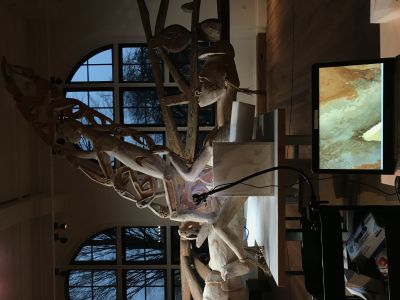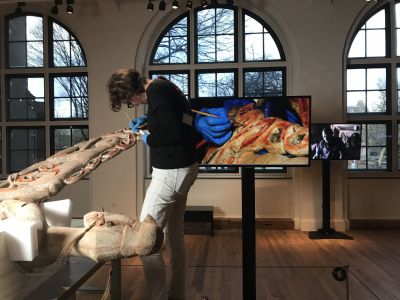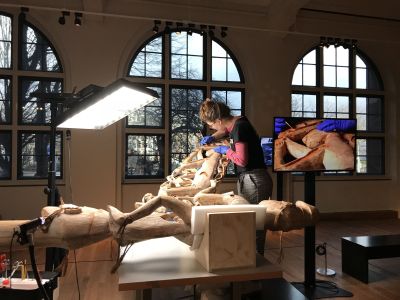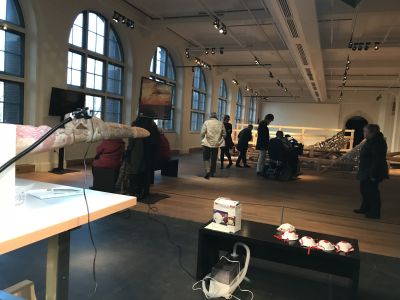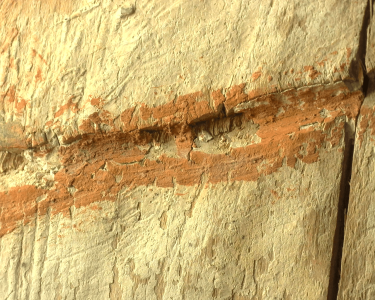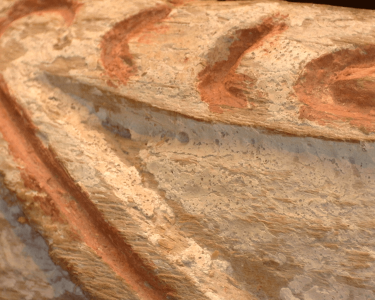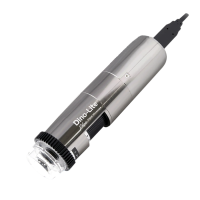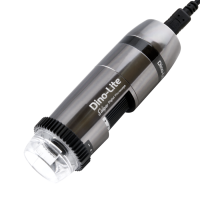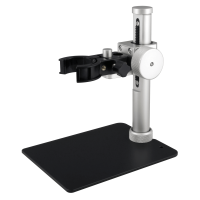IDEAL FOR RESTORATION OF ETHNOGRAPHIC AND ART OBJECTS
Dino-Lite digital microscopes can be a solution for the restoration of archaeological and art objects. This mobile microscope is a useful tool because it makes details visible and is flexible in application. Restorers of the Tropenmuseum recently experienced this. This year the Tropenmuseum in Amsterdam has restored ten bisj poles. Thanks to the Dino-Lites, the museum visitors were able to observe the achievements of the conservators down to the wood fiber level. The Dino-Lite also proved to be a valuable tool for restoring down to the square time-lapse millimeter.
Vulnerable materials
The Tropenmuseum has twelve poles of this kind from the last century. Ten have been restored. Extremely careful cleaning was the most important task. The restorers cleaned every inch of the poles using a soft brush, also called a dry restoration sponge, that was specifically chosen for cleaning these objects. Not damaging the original paint layers was the main goal. The poles are painted with natural pigments, like burnt ochre and ground shells. These are vulnerable materials. They used a brush to clean the wood. They therefore barely needed to touch the wood, and the dirt was removed.
Reverence for the dead
With a height of up to ten meters, the bisj poles were made in the last century by the Asmat, a Papuan people in former Dutch New Guinea. Using these richly decorated nutmeg wood poles, the dead are still being honored. The bisj pole ensures that the soul of the deceased can ascend to the afterlife.
Viewing the work on a screen
The restoration took place in the Lichthal, the central hall of the museum. “In this way, the visitors could easily observe our work. An extra dimension was added because visitors could watch on the screen every detail of what we saw” A museum visitor can’t get closer to a restoration process.
Very flexible
Precision work was required. The human eye cannot discern these subtle nuances for long. One restorer said: “Using the Dino-Lite microscope, we easily noticed the difference between dirt, overpainting and the original paint layer. We used this microscope before and after cleaning the surface. That was the only way to easily notice the changes. In this area, the Dino-Lite was also very flexible.” The time-lapse function was also very handy during the recovery process. It could be used to document how different layers were applied onto the original paint layer.
Future restorations
For the first time, the restorers of the Tropenmuseum were introduced to the possibilities of the Dino-Lites. They liked to use them, because the enlargements of details and the time-lapse function have contributed to the quality of the restoration work. Because of these experiences, the museum decided that the Dino-Lites can also be used in future restorations. The successful restoration project in the Tropenmuseum showed that the Dino-Lite should be an important instrument for restorers of art and other museum objects.
MORE APPLICATION STORIES











